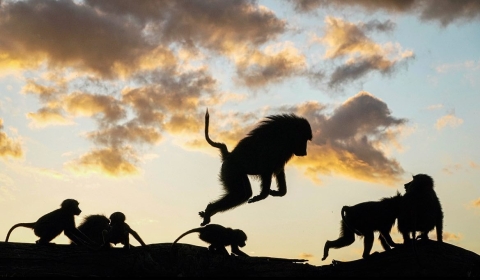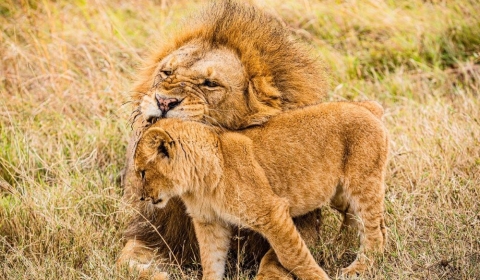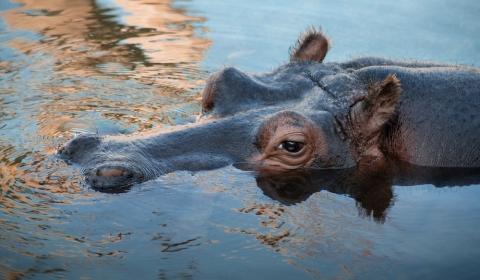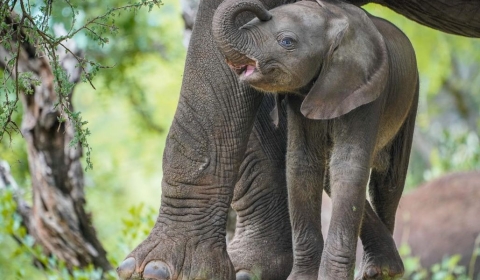
Chimpanzee trekking is an adventurous activity where participants hike through forests to observe chimpanzees in their natural habitat. Here's a detailed overview
Locations
Chimpanzee trekking is primarily done in Africa, with popular destinations including:
1.Uganda:
Kibale National Park: Known for the highest concentration of chimpanzees in Uganda.
Budongo Forest: Near Murchison Falls National Park.
Kyambura Gorge: Located in Queen Elizabeth National Park.
2. Rwanda:
Nyungwe Forest National Park: A dense, mountainous rainforest with a rich biodiversity.
3. Tanzania:
Gombe Stream National Park: Famous for Jane Goodall's pioneering research.
Mahale Mountains National Park: Remote, with pristine wilderness and chimpanzee populations.
Trekking Experience
Guided Tours: Treks are led by experienced guides who track the chimpanzees based on their calls, nests, and movements.
Duration: Typically lasts 2-4 hours, depending on the location of the chimps.
Group Size: Small groups of 6-8 people to minimize disturbance to the animals.
Fitness Level: Moderate fitness is required due to uneven terrain and potential long hikes.
What to Expect
Early Start: Treks usually start early in the morning to maximize chances of sightings.
Close Encounters: Observing chimps up close (within 7-10 meters) in their natural behavior—feeding, playing, grooming.
Photography: Opportunities to take photos, but flash photography is prohibited.
Safety Briefing: Before the trek, guides provide a briefing on safety and behavior guidelines around the chimps.
Preparation
Permits: Required and often need to be booked in advance due to limited availability.
Clothing: Lightweight, long-sleeved shirts and trousers for protection against insects, sturdy hiking boots, rain gear, and a hat.
Gear: Binoculars, a camera, and a daypack with water and snacks.
Health Precautions: Visitors may need vaccinations and are advised to avoid the trek if they are ill, to protect the chimps from human diseases.
Conservation Impact
Chimpanzee trekking plays a crucial role in conservation by:
Funding: Revenue from permits supports conservation efforts and local communities.
Awareness: Increases awareness about the importance of protecting chimpanzees and their habitats.
Research: Facilitates ongoing research and monitoring of chimpanzee populations.
Regulations
Time Limit: Visitors typically have a maximum of one hour with the chimpanzees to reduce stress on the animals.
Distance: Maintaining a safe distance (7-10 meters) to prevent disease transmission.
Behavior: No eating, drinking, or smoking near the chimps, and minimizing noise and sudden movements.
Chimpanzee trekking offers a unique and educational experience, allowing participants to connect with nature and contribute to the conservation of these remarkable primates.




